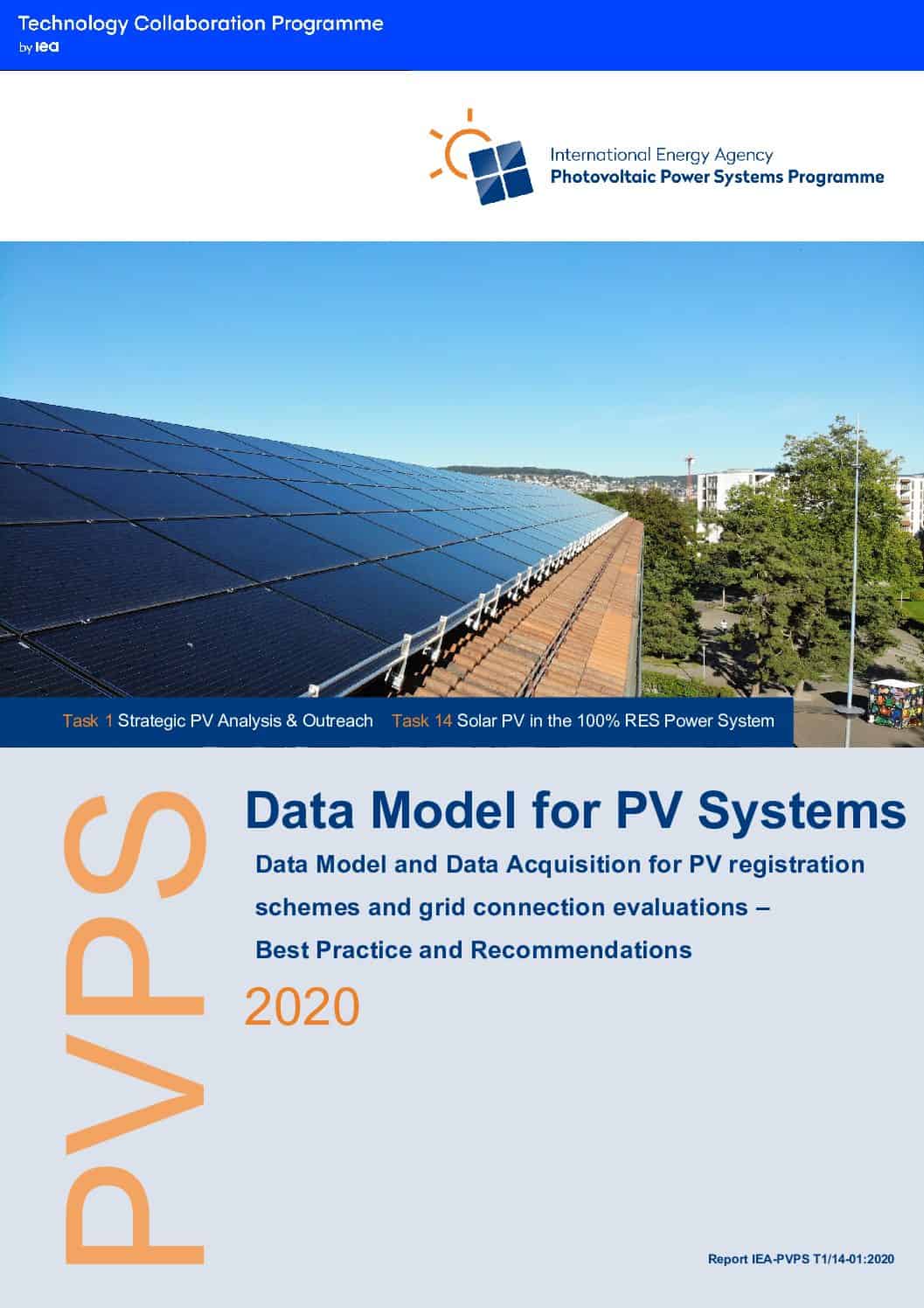The rapid growth of Distributed Energy Resources (DER) in the grid brings up new challenges in power system management. Instead of managing a few hundred medium and large power plants in a country, in certain countries there are more than a million DER systems connected to the grid. This report shows how different countries deal with the DER data collection, with a focus on PV systems. This report also provides a complete overview of all the relevant aspects that need to be addressed and foresee information that will be relevant in the future.
A growing trend towards centralised databases can be observed, in several countries, the owner of DER are obliged to register their systems in a central database and to keep this register up to date. However, the data model and thereby the level of detail in the individual registers varies a lot: Some countries such as Spain just require basic power data, whereas other countries such as Denmark or Germany require detailed system information.
Data of PV plants are necessary for a range of use cases. Policy makers should know the impact of policies on the market, FIT agencies must know exactly which system produces how much energy, and system operators must be able to calculate the impact of the PV system to their grid, to name just a few. In this report, the different use cases are addressed and recommendations for the implementation of a database are given.
The most important recommendations are:
- Countries should operate a database for DER, in particular for PV power systems.
- A DER database shall be open for multiple stakeholders.
- A DER database shall cover all DER, not just a part of them, e.g. systems that are granted a FIT.
- The use of the DER database shall be compulsory.
- A DER database shall reduce the overall administrative load for PV system planning, realisation, commissioning and operation. Therefore, the database shall substitute or support existing administrative processes.
